CES 2025: The Artificial Intelligence Show – A New Identity for the World’s Biggest Tech Stage
This year, CES didn’t feel like the Consumer Electronics Show anymore. It felt like The Artificial Intelligence Show, where every innovation, every announcement, and every conversation pointed to one theme: AI is not just here; it is everywhere. So I think the CES rebrand needs a rebrand (BTW, I’ll discuss rebrands next week). AI has evolved from a shiny buzzword into a purpose-driven enabler of change, and CES 2025 proved that we are at the tipping point of an AI-first future.
From Gadgets to Ideas
CES 2025 shifted the spotlight from individual products to ecosystems of innovation. It showcased how interconnected technologies, empowered by advanced AI, are transforming industries and lives. This wasn’t just about selling gadgets anymore; it was about revealing a vision for how humanity will interact, innovate, and thrive in the coming decade.
The Dawn of Purpose-Driven AI
CES unveiled a defining moment in technology: AI has matured from a buzzword into a purpose-driven enabler of meaningful innovation. No longer confined to marketing hype, the tools, building blocks, and modular systems showcased at the event promise a new wave of intelligent, efficient, and user-focused solutions. For Marketing Executives, this year's CES is not just about witnessing innovation—it's a roadmap for how to leverage AI to differentiate, inspire, and drive meaningful engagement.
The transformation from "AI-powered" to "AI that works" is underpinned by an ecosystem of standardized components that prioritize efficiency and purpose. The emergence of specialized AI chips, sophisticated sensors, transparent displays, and smaller, task-specific language models signals the dawn of a new era where AI’s integration feels seamless and intuitive.
From the practical (autonomous lawn care robots) to the inspiring (spatial computing glasses), CES 2025 redefined what’s possible when technology focuses on solving specific, real-world problems.
Overall the rise of the Agentic AI Revolution stood out.
1. Specialized AI Chips - The Engine of Precision AI
Specialized AI chips are the heart of precision-driven hardware. These purpose-built processors excel at specific tasks like vision recognition and audio processing, transforming everything from fitness trackers to advanced robotics. They don’t just process data faster—they do so with unparalleled energy efficiency, enabling products to deliver smarter results without draining resources.
Example: Trek’s collaboration with Aizip introduced bikes embedded with precision AI chips that act as intelligent companions. These bikes provide real-time coaching based on terrain and rider performance, predict maintenance needs, and even communicate safety alerts to nearby vehicles. By creating a connected and proactive riding experience, Trek is not just selling bikes; it’s creating a new category of smart mobility.
2. Smaller, Specialized Language Models (SLMs)
Smaller, task-specific language models are revolutionizing resource efficiency in AI. These models are highly optimized to solve specific problems, such as voice recognition or contextual understanding, without requiring massive computational power. SLMs are enabling products to deliver fast, reliable AI-driven experiences locally, even in offline environments.
Example: Samsung’s Personalized Home Assistant uses SLMs for seamless voice interactions. Imagine an assistant that not only sets reminders but also adjusts your home’s settings based on your mood or routine. From automating mundane tasks like brewing coffee to tailoring health advice based on your wearable data, these assistants demonstrate how SLMs are elevating convenience into hyper-personalized experienc
3. Transparent Displays – Bringing the Future to Life
Transparent displays are no longer sci-fi fantasies. These sleek interfaces combine futuristic design with practical functionality, creating interactive experiences that are both visually stunning and intuitively engaging. However, their premium price tag—with LG’s model priced at $60,000—suggests they’re currently geared toward high-end retail and luxury settings.
Example: Luxury Retail Transformation. Picture a jewelry store where a transparent screen overlays information about each piece you pick up, including its history, materials, and styling tips. LG’s displays turn such scenarios into reality, offering a blend of aesthetics and utility that redefines how brands connect with consumers in physical spaces.
4. Spatial Computing Devices
Spatial computing devices, led by Apple Vision Pro, are merging digital and physical worlds. These devices are not merely tools; they are immersive platforms that bring storytelling to life. By blending augmented reality (AR) with the physical environment, spatial computing is poised to redefine how consumers interact with products and brands.
This trend opens doors for brands to create immersive marketing campaigns and product demonstrations tailored to younger, tech-savvy audiences looking for immersive brand experiences.
Example: Immersive Product Demos. Imagine stepping into a virtual showroom where you can interact with a car’s features in real-time, adjusting its colors, interior, and tech specs with hand gestures. Spatial computing opens up endless possibilities for creating memorable, personalized experiences.
I’m still waiting for the democratization of spatial experience development tools to make these dream viable.
5. Emotional AI in Smart Homes
AI is becoming more empathetic. Emotional AI doesn’t just perform tasks; it understands the user’s needs, preferences, and emotions. LG’s Affectionate Intelligence exemplifies this trend, with systems that adjust room conditions based on health signals or stress levels.
Example: Smart Parenting Assistance. Picture a home where AI notices your child is coughing at night, raises the room’s humidity, and alerts you if symptoms persist. Emotional AI systems like these are redefining how homes can actively care for their inhabitants.
6. AI-Enabled Healthcare - Preventive and Personalized
AI is redefining healthcare with predictive diagnostics, patient monitoring, and virtual care solutions. It’s not just about managing conditions; it’s about preventing them. Dassault Systèmes’ healthcare metaverse showcased how immersive technology can help patients visualize and manage their health data.
Example: Imagine wearing a health tracker that integrates seamlessly with a virtual health dashboard, allowing you and your doctor to make informed decisions in real time. Such innovations make healthcare more proactive and collaborative.
7. Wearable Intelligence – Insights in Every Step
Wearables are evolving beyond fitness tracking to become comprehensive health and productivity companions. These devices now offer actionable insights tailored to individual lifestyles.
Example: XReal AR Glasses provide live navigation, fitness coaching, and hands-free access to productivity tools. Whether you’re biking through a city or presenting in a meeting, these glasses make information accessible without interrupting your flow.
8. Retail Gets Smarter
Retail is undergoing a transformation where AI enables frictionless and personalized shopping. Autonomous systems and multi-modal cameras optimize inventory, track foot traffic, and recommend products in real-time.
Example: Grocery Shopping Reinvented. Imagine an AI system that scans your shopping cart as you go, suggests complementary ingredients for recipes, and even alerts staff to restock popular items. This is the future of retail efficiency and engagement.
9. Nostalgia-Inspired Design
Retro-inspired products with modern technology tap into emotional connections. LG's "Affectionate Intelligence" leaned on creating a sense of comfort and familiarity. Their smart refrigerator with a retro design aesthetic but powered by advanced AI to evoke a feeling of familiarity while delivering modern capabilities. Brands can leverage nostalgia to evoke familiarity while delivering innovation.
Example: Atari Gamestation Go reintroduces the magic of classic gaming but with the convenience of modern portability and multiplayer connectivity. This balance of old and new creates products that resonate across generations.
10. Advanced Sensors - The Brain for AI
Sophisticated sensors that collect biometric and environmental data are enhancing the intelligence and responsiveness of devices. These sensors are creating hyper-personalized experiences in wearables, home devices, and healthcare.
Example: Smart Health Monitoring. Advanced sensors in biometric watches can now detect early signs of stress or fatigue, offering proactive recommendations to improve well-being.
11. Economic Efficiency
AI is becoming more affordable and scalable, thanks to smaller models and efficient hardware. This democratization allows startups and smaller companies to harness AI without breaking the bank.
Example: Local coffee shops using AI-powered inventory systems to reduce waste and optimize supply chains.
12. Robotics with Purpose
Robots now solve practical problems, transitioning from novelty to utility. Stardust AI’s robot barista offering both efficiency and charm. As robots further develop the streamline business operations and improve customer interactions. Only if done well. Not like this.
13. Personalized Marketing Tools
AI-powered tools that uncover authentic consumer insights. GlimpseAhead was one of the only software solutions at CES showing AI tools for the marketer promises through their AI’s generative market research solutions to help brands understand their customers' buying behavior and sentiment. Helps brands create data-fueled content. Helps brands create creative briefs. Helps brands deliver concept testing. Helps brands measure brand lift and consumer perception. Big promises with a glimmer of hope to deliver.
14. AI in Gaming - A Universe of Opportunities
Nvidia’s RTX 5000 brought gaming AI to new heights, enhancing realism and interactivity. Beyond gaming, these advancements offer immersive opportunities for brands to engage audiences.
Example: Interactive Storytelling. Games powered by AI could integrate real-world brands seamlessly into their narratives, creating a new frontier for immersive advertising.
15. Connected Ecosystems - Seamless Everything
Samsung’s ecosystem approach highlighted the future of convenience: AI-driven systems where every device communicates seamlessly. Interoperability and smart integrations define this trend.
Example: A fully connected home where your appliances, wearables, and entertainment systems work in harmony to create an effortless lifestyle experience.
16. Problem-First AI Design
AI is no longer about showcasing capabilities; it’s about solving real-world problems. Designing solutions that address specific challenges ensures relevancy and success.
Example: An AI-powered farming system that predicts weather patterns and optimizes irrigation, helping farmers reduce waste and increase yields.
17. Sustainability in Tech
From energy-efficient AI chips to Segway’s eco-friendly lawn robots, sustainability was a recurring theme. Consumers and regulators alike are demanding green innovation.
Example: Solar-powered AI drones for agricultural monitoring, reducing the need for fuel-based alternatives while providing critical insights for farmers.
18. Immersive Retail Spaces - Shopping as an Experience
Spatial computing and transparent displays are making physical retail immersive, interactive, and unforgettable. These technologies bridge the gap between online convenience and in-store engagement.
Example: A pop-up store where customers use AR glasses to visualize how products fit into their homes or lifestyles before purchasing.
20. The "Hive Network"
AI’s ecosystem of components functions like a hive—individual modules work together to create an interconnected, efficient whole. This modularity fosters rapid innovation and seamless user experiences.
Example: A connected healthcare ecosystem where wearable sensors, home monitors, and AI diagnostic tools communicate in real-time to provide holistic care.
The Future Opportunities
Marketing is at a crossroads where AI is no longer a future trend but an active enabler. The challenge for Marketing Executives is to embrace this pragmatic renaissance:
1. Lead with Purpose: Use AI to solve real problems, not as a gimmick.
2. Personalize at Scale: Leverage smaller, focused AI models for deeper customer connections.
3. Innovate Sustainably: Build campaigns and products that align with environmental consciousness.
4. Iterate Rapidly: Adopt modular AI systems to prototype and launch faster.
5. Evoke Emotion: Combine nostalgia with cutting-edge tech to build emotional resonance.
Imagine the Future Together
CES 2025 wasn’t just an exhibition of technology; it was an exhibition of possibility. The challenge isn’t to adopt AI for the sake of it but to harness it with purpose—solving real problems, creating emotional connections, and building sustainable futures. This year’s CES was a call to action: AI is here, and it’s time to lead with it. Let’s reimagine the future together.




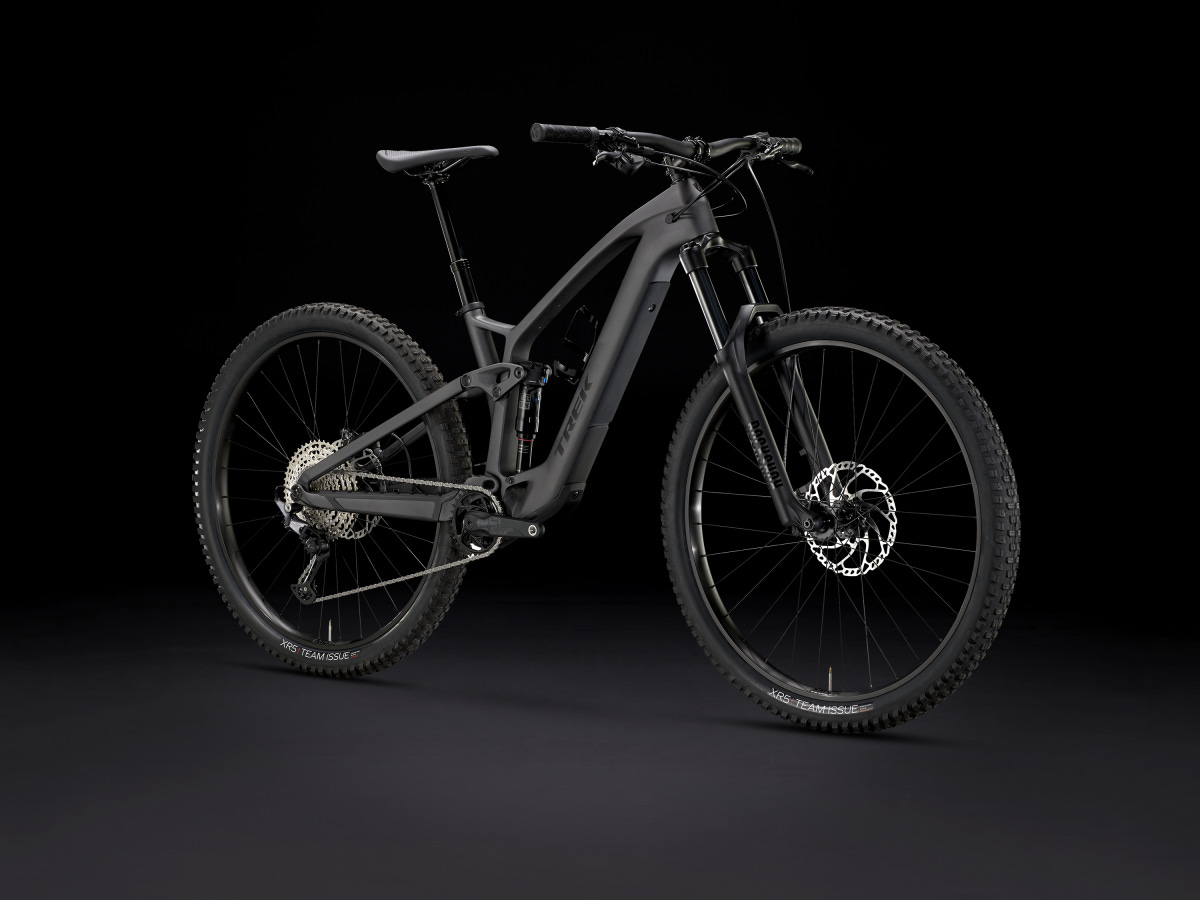
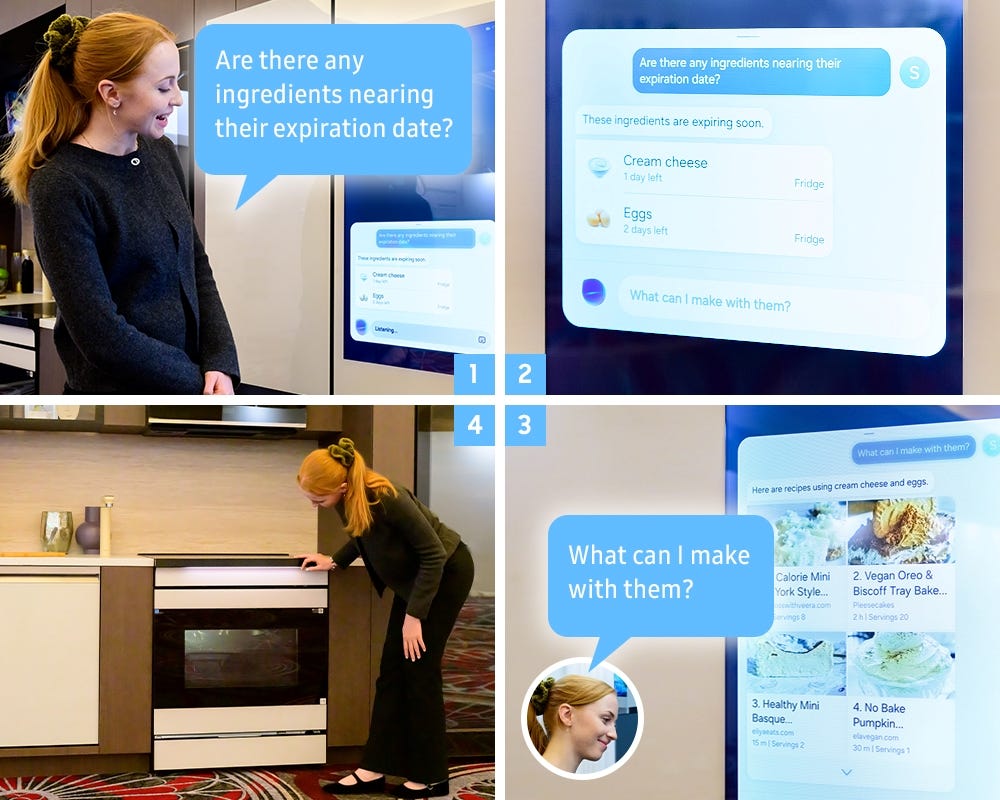
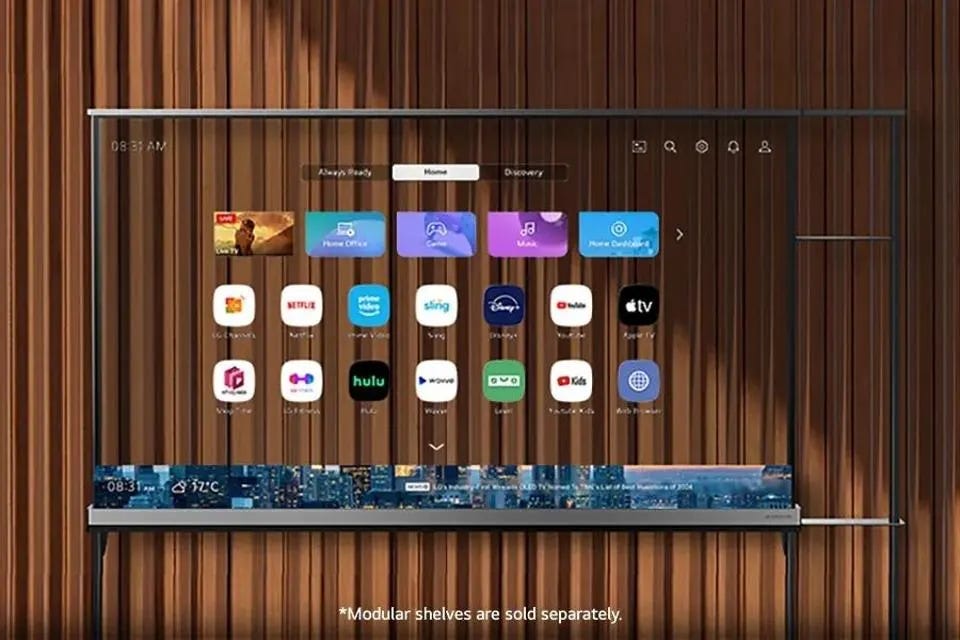
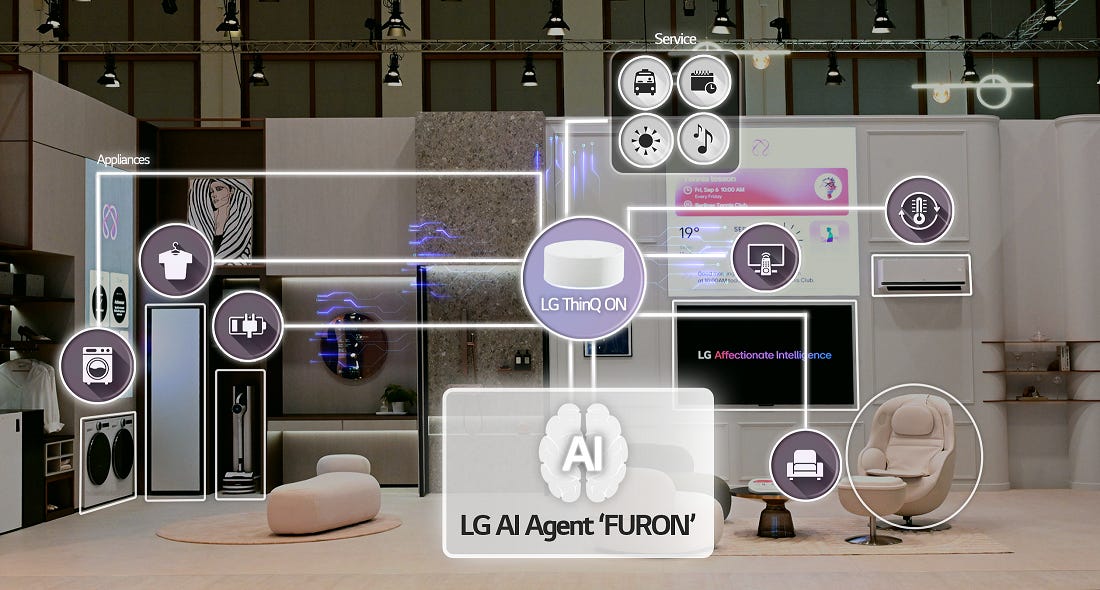

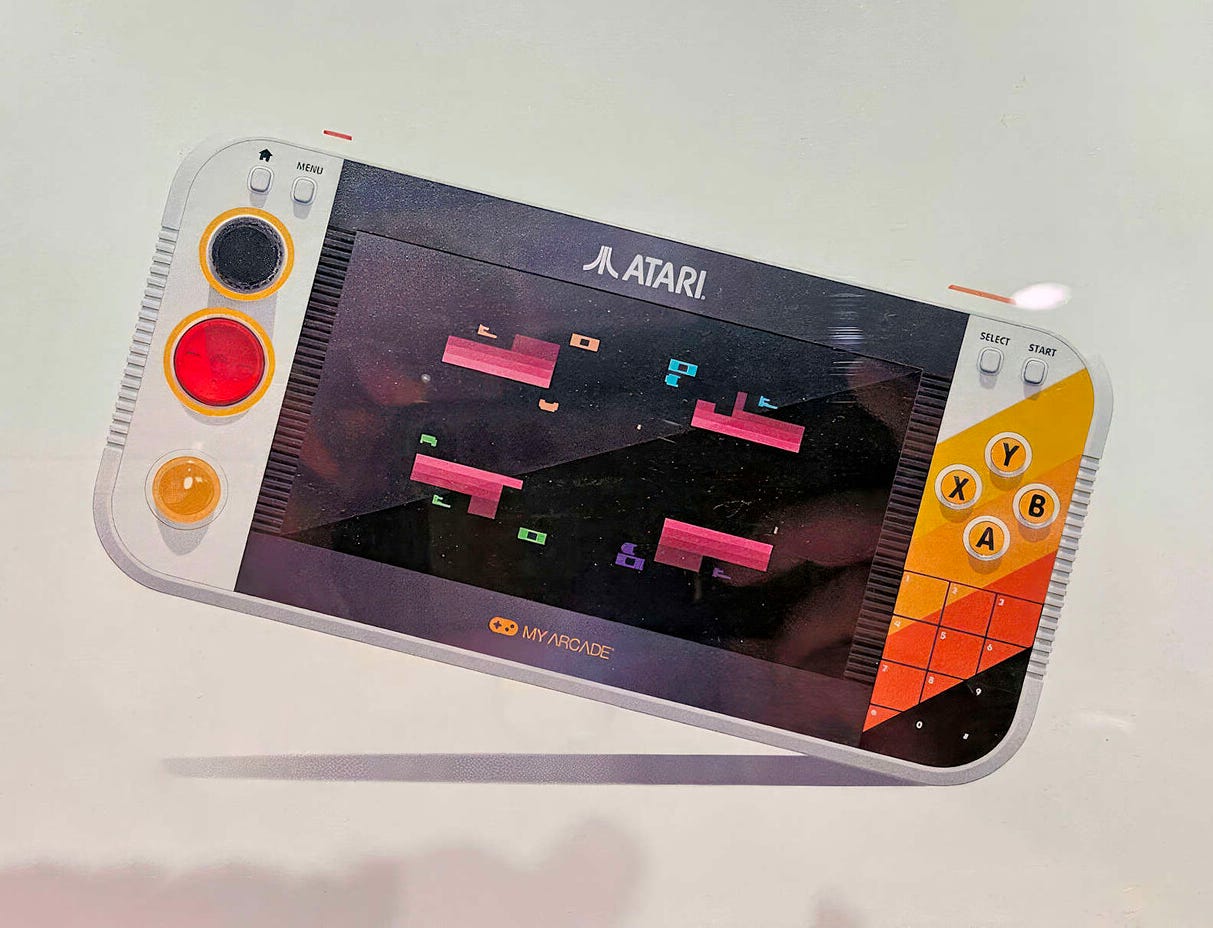

Thanks, Shingy -- Well-researched and well-written overview. I'm in Paris for the inaugural Safe & Ethical AI conference and the AI Action Summit - you're insights from CES (AIS) are invaluable context.